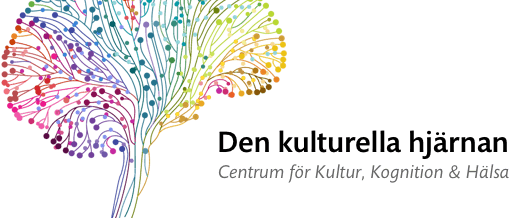Redan som nyfödda visar sig barn ha specialiserade delar av hjärnan för att känna igen musik. (Av Stefan Koelsch och medarbetare, 2010.)
Titel: Functional specializations for music processing in the human newborn brain
Författare: Perani, Daniela, Saccuman, Maria Cristina, Scifo, Paola, Spada, Danilo, Andreolli, Guido, Rovelli, Rosanna, Baldoli, Cristina, Koelsch, Stefan
Publikation: PNAS
Volym: 107
Nummer: 10
Sidor: 4758-4763
Publicerad: 2010
Sammandrag: In adults, specific neural systems with right-hemispheric weighting are necessary to process pitch, melody, and harmony as well as structure and meaning emerging from musical sequences. It is not known to what extent the specialization of these systems results from long-term exposure to music or from neurobiological constraints. One way to address this question is to examine how these systems function at birth, when auditory experience is minimal. We used functional MRI to measure brain activity in 1- to 3-day-old newborns while they heard excerpts of Western tonal music and altered versions of the same excerpts. Altered versions either included changes of the tonal key or were permanently dissonant. Music evoked predominantly right-hemispheric activations in primary and higher order auditory cortex. During presentation of the altered excerpts, hemodynamic responses were significantly reduced in the rig1ht auditory cortex, and activations emerged in the left inferior frontal cortex and limbic structures. These results demonstrate that the infant brain shows a hemispheric specialization in processing music as early as the first postnatal hours. Results also indicate that the neural architecture underlying music processing in newborns is sensitive to changes in tonal key as well as to differences in consonance and dissonance.
Länk till original: http://www.pnas.org/content/107/10/4758.abstract.
Kategori: Hjärnavbildning Hur hjärnan hanterar ... Musiklyssnande

